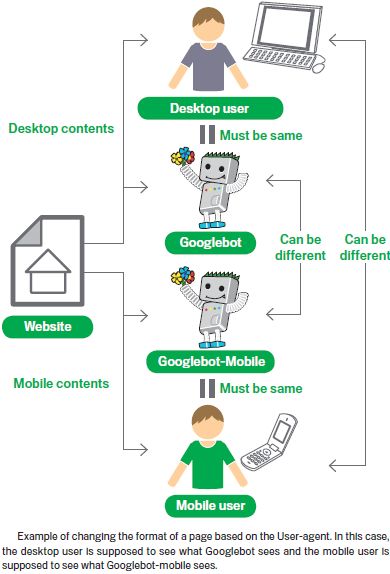15 years have past since Google Search first appeared on the stage. Back in 1998 the searching process was far from perfection: the huge machine called computer is on, the user type in keywords into the search system and the system manages to find several websites with the required information. Now it sounds funny, but at that time it was a miracle!
The whole process and the devices have changed since 1998. It is so easy to find billions of websites with one click on a tiny device in your pocket. Search systems are powerful, quick and very convenient. You can even ask the question in a loud voice and your inquiry will be satisfied. What else can be done here? Are there possible improvements? Google proves that there is always space for making changes and striving for better result.
New search algorithm from Google has got a beautiful name of a small but smart bird – the Hummingbird. It was presented on the press-conference dedicated to the 15th anniversary of Google. The name for the new offspring was chosen in order to emphasize the accuracy and high speed of its work. The company said that changes in the search engine had been made a month ago and covered 90% of search queries, but the notification on the transition to the new search algorithm Hummingbird was decided to give on the 15th anniversary of Google. The press conference took place in the garage, where 15 years ago Sergey Brin and Larry Page had started a glorious history of the search giant.
Amit Singhal, the head of Google's core ranking team, says that the current updated search algorithm is perhaps the most radical since 2001, the year he began to work in the company. Last major update search engine Caffeine was aimed primarily at increasing the speed of information indexing rather than the processing of the collected information. Hummingbird handles requests not only for keywords, but also according to their meaning. Thanks to this function, the inquiries made by users can be longer and more complex.
As the nature of inquiries has changed recently, the need to improve search algorithm appears. Earlier search inquiries were made in the form of short phrases with a large number of keywords. Today a user can make up search inquiries with the help of colloquial phrases, sometimes quite long and complex. The second reason, which made it necessary to use a new search algorithm is the development of voice search. The time offers new standards, gadgets and approaches for search systems, that is why now is the right time for changes.
Tamar Yehoshua, vice president of the research department, demonstrated the abilities of new search algorithm to understand the associated inquiries. She offers Google to open photos of the Eiffel Tower, and immediately afterwards, without specifying what exactly she is talking about, asks questions: "What is its height?", "When was it built?", "Show me the photos of the building process". Next she presented the way voice search Google works offering to find information about the Impressionist painters.
Unfortunately, there is no way to compare the results of search system efficiency "before" and "after" the introduction of the new search algorithm. However, Google gives a few examples. For instance, request «acid reflux prescription» (acid reflux recipe) used to offer a list of medications that may be useless for users who sought for general information on the treatment and general information about the necessity to take medicine. The new algorithm offers the article containing this exact information.
Is it possible that the new search algorithm from Google made the search system worse? Hummingbird creators are sure that is unlikely, saying that they can’t approve that search system is better now, still, there are no evidences of dissatisfaction on the part of users. As everybody knows, people complain when they notice errors but they rarely see improvements.
Time will show how fast and smart Hummingbird is. A month after its start new algorithm justifies our hopes.



 Author - Melisa Marzett is an experienced writer, she mainly works on such topics as internet innovations, web press and social media. Her articles are also available on
Author - Melisa Marzett is an experienced writer, she mainly works on such topics as internet innovations, web press and social media. Her articles are also available on 















































